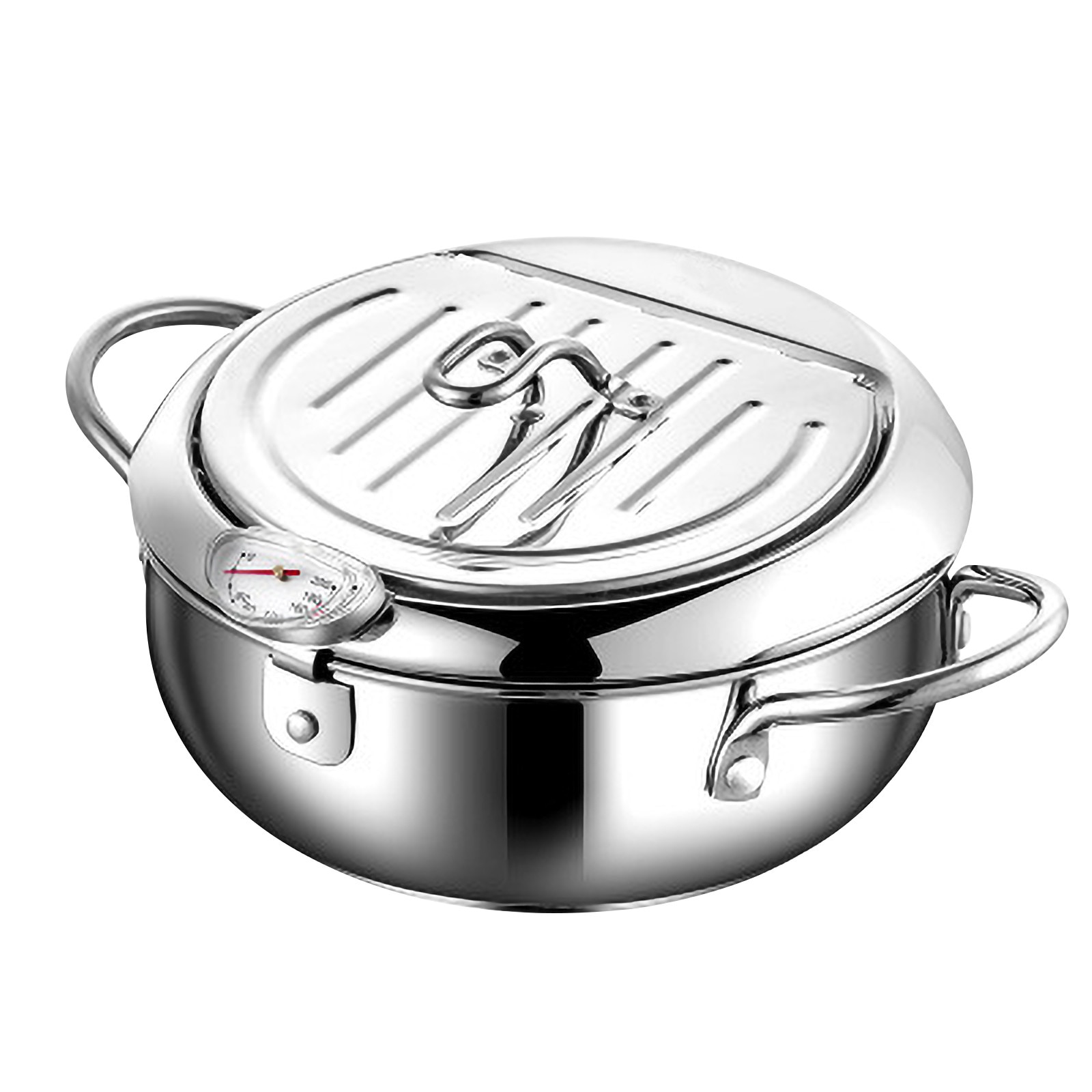NEW INFO | Discussing the latest information from various media and various fields
Temperature Monitoring: Essential For Optimal Conditions
Temperature Monitoring: Essential For Optimal Conditions
Editor's Notes: "Temperature Monitoring: Essential For Optimal Conditions" has published today date. The reason is important to read because the temperature plays a critical role in a wide range of industrial and scientific processes, and monitoring it is essential to ensure optimal conditions. By carefully monitoring temperature, businesses can improve product quality, increase efficiency, and reduce costs.
To help you understand the importance of temperature monitoring, we've put together this guide that covers the basics of temperature monitoring, including the different types of temperature sensors, the benefits of temperature monitoring, and the applications of temperature monitoring.
Key Takeaways
| Temperature Monitoring | Benefits |
|---|---|
| Improved product quality | Reduced costs |
| Increased efficiency | Improved safety |
| Reduced environmental impact | Increased customer satisfaction |
Main Article Topics

Soil Monitoring – Intelligent Automation Control System S.A - Source iacs.gr
FAQ
This FAQ section provides answers to frequently asked questions regarding temperature monitoring, an essential aspect of maintaining optimal conditions.

Individual Monitoring Oven Temperatures for Optimal Chip Baking - Source www.dreamstime.com
Question 1: Why is temperature monitoring important?
Temperature fluctuations can significantly affect processes, product quality, and safety. Monitoring temperature ensures compliance with regulatory requirements and optimal conditions for efficient operations.
Question 2: What are the benefits of using temperature monitoring solutions?
Temperature monitoring solutions provide real-time data, enabling prompt detection of deviations. They enhance efficiency, reduce waste, improve safety, and facilitate compliance with industry standards.
Question 3: How do I choose the right temperature monitoring system?
Consider factors such as accuracy requirements, environment, data storage and analysis capabilities, and integration with existing systems. Consult with experts to determine the most suitable solution.
Question 4: How often should I calibrate my temperature monitoring equipment?
Calibration frequency depends on the equipment type, usage, and accuracy requirements. Regular calibration ensures reliable and accurate measurements, preventing false alarms and maintaining system integrity.
Question 5: What are the consequences of improper temperature monitoring?
Failure to monitor temperature effectively can lead to significant financial losses, product damage, safety hazards, regulatory violations, and reputational damage. It is essential to implement comprehensive temperature monitoring practices.
Question 6: How can I ensure data security and privacy when using temperature monitoring solutions?
Choose solutions that adhere to established data protection standards and employ encryption and secure communication protocols. Regularly review and update security measures to prevent unauthorized access and data breaches.
In conclusion, temperature monitoring plays a crucial role in maintaining optimal conditions. By understanding the importance, benefits, and proper implementation of temperature monitoring solutions, organizations can proactively address temperature-related risks and enhance their operations.
For further insights and guidance on temperature monitoring, explore the comprehensive resources available on our website.
Tips
Temperature monitoring is a critical aspect of ensuring optimal conditions for various processes, environments, and products. By accurately measuring and analyzing temperature data, businesses and individuals can make informed decisions, improve efficiency, and prevent costly errors. Temperature Monitoring: Essential For Optimal Conditions
Tip 1: Identify Critical Temperature Ranges
Understanding the specific temperature ranges that are crucial for your application is paramount. Determining these ranges will help you set appropriate limits and thresholds for your monitoring system, enabling you to respond promptly to deviations.
Tip 2: Select the Right Temperature Sensors
The choice of temperature sensors depends on factors such as accuracy, sensitivity, response time, and the environment in which they will be deployed. Carefully consider these criteria to ensure that the data you collect is reliable and actionable.
Tip 3: Implement a Robust Monitoring System
Establish a comprehensive monitoring system that includes data acquisition, storage, and analysis capabilities. This system should be able to alert you to temperature fluctuations, generate reports, and provide insights into historical data.
Tip 4: Calibrate Temperature Sensors Regularly
Regular calibration ensures that your temperature sensors are providing accurate readings over time. Calibrate sensors against a traceable reference source to maintain their accuracy and reliability.
Tip 5: Monitor Temperature Trends and Patterns
Analyzing temperature data over time can help you identify trends, anticipate potential issues, and develop proactive maintenance strategies. By monitoring patterns, you can optimize your processes to prevent costly downtime.
Tip 6: Leverage Data Analytics for Insights
Advanced data analytics techniques can provide valuable insights into temperature data. Use these techniques to identify correlations, automate alerts, and predict future temperature trends, ultimately enhancing the efficiency of your monitoring efforts.

Remote Greenhouse Temperature Monitor | Cellular Multisensors | MarCELL - Source www.meetmarcell.com
In conclusion, effective temperature monitoring is essential for maintaining optimal conditions in a wide range of applications. By implementing these tips, you can ensure that your temperature monitoring system is reliable, accurate, and provides the insights you need to optimize processes, reduce errors, and ensure the well-being of your products and operations.
Temperature Monitoring: Essential For Optimal Conditions
Temperature monitoring plays a crucial role in maintaining optimal conditions across different domains, ensuring the well-being of individuals and the integrity of systems. From healthcare and manufacturing to environmental conservation, temperature monitoring helps optimize functionality, prevent damage, and ensure safety.
- Accuracy and Precision: Accurate and precise temperature measurements are essential for reliable data and effective decision-making.
- Real-Time Monitoring: Continuous temperature monitoring allows for prompt detection of deviations, enabling timely interventions.
- Remote Access: Remote monitoring systems enable temperature monitoring from anywhere, providing convenience and real-time alerts.
- Data Analysis and Reporting: Temperature data analysis and reporting help identify patterns, trends, and potential issues, facilitating proactive maintenance.
- Compliance and Regulations: Adherence to temperature monitoring standards and regulations ensures compliance and safeguards against potential risks.
- Predictive Maintenance: Temperature monitoring data can be leveraged for predictive maintenance, minimizing downtime and optimizing equipment performance.
In healthcare, for instance, accurate temperature monitoring is crucial for patient safety and treatment efficacy. In manufacturing, it ensures product quality and prevents damage to sensitive materials. Environmental monitoring systems rely on temperature data to track climate change and safeguard ecosystems. Effective temperature monitoring underpins optimal conditions in diverse fields, enhancing efficiency, safety, and sustainability.

Household 304 stainless steel tempura fryer with s... – Grandado - Source can.grandado.com
Temperature Monitoring: Essential For Optimal Conditions
Temperature monitoring plays a pivotal role in maintaining optimal conditions for various processes, environments, and equipment. Understanding the connection between temperature and specific conditions is crucial to ensure efficiency, quality, and safety. Accurate temperature monitoring enables proactive adjustments, preventing adverse effects and ensuring the desired outcomes.

Smart Temperature Monitoring System - Smarter Technologies - Source smartertechnologies.com
In manufacturing, precise temperature control is essential for product quality and consistency. For instance, in electronics manufacturing, precise temperature regulation during soldering processes prevents component damage and ensures optimal electrical connections. Similarly, in food processing, controlled temperatures prevent spoilage, maintain nutritional value, and adhere to safety standards.
In healthcare, temperature monitoring is critical for patient safety and comfort. Hospitals and clinics rely on temperature-controlled environments to prevent infections, ensure equipment functionality, and provide a comfortable recovery environment for patients. Temperature monitoring also plays a vital role in vaccine storage and transportation, preserving their effectiveness and preventing degradation.
Furthermore, temperature monitoring is essential for environmental conservation and sustainability. Accurate temperature data aids in understanding climate patterns, predicting weather events, and implementing measures to mitigate climate change. Moreover, temperature monitoring helps protect sensitive ecosystems, such as coral reefs and rainforests, by providing early warning signs of rising temperatures and enabling timely interventions.
In conclusion, understanding the connection between temperature monitoring and optimal conditions is essential for a wide range of applications. Accurate temperature monitoring empowers individuals and organizations to make informed decisions, ensure quality and safety, and contribute to sustainability. By recognizing the importance of temperature monitoring, we can create and maintain optimal conditions for various processes, environments, and equipment.